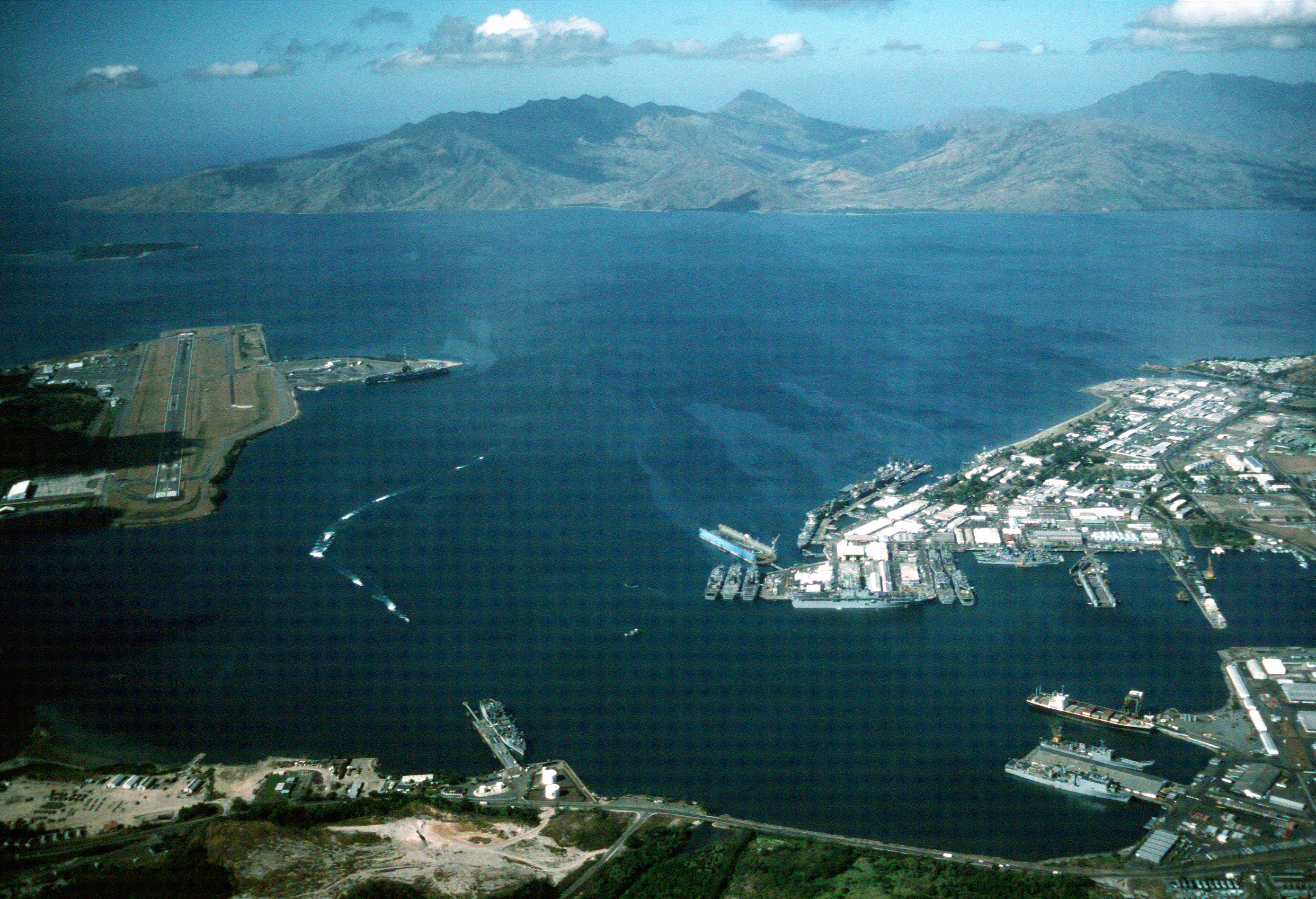The escalating rivalry between the US and China appears to give Filipino authorities a chance to revive the former US naval base in Subic Bay.
The Subic Bay is reportedly poised to benefit as the US and the Philippines expand their military partnership in reaction to China’s assertive activities in the South China Sea and towards Taiwan.
Rolen Paulino, Head of the Subic Bay Metropolitan Authority (SMBA), told Nikkei Asia that Subic’s deep harbor and proximity to the South China Sea make it an ideal option for military operations.
SMBA is a governmental agency that manages the free-port zone established after the departure of the American forces. “It’s very strategic,” he said. “It’s only an hour away from Taiwan. It is about 30 minutes away by F-14.”
According to Philippine authorities, Subic Bay could be one of the military bases the US can use. Paulino, though, stated that “higher level” officials would make the final decision and that he was unable to confirm any plan.
More than 30 years after the closure of its naval base in Subic Bay, the US has been trying to reestablish its military strength in the Philippines.

In January 2023, President Ferdinand Marcos Jr. granted the United States access to four more military outposts, bringing the total to nine, underscoring the development of defense ties between the two countries.
The DoD has not yet revealed the locations of the four new sites, but the announcement stated they would enable a more swift response to humanitarian and climate-related disasters in the Philippines.
Though it has been more than 30 years since the US gave up what was once its largest military post in Asia, civilian and military officials in the Philippines frequently discuss the likelihood of the US returning to Subic Bay.
In November 2022, Lt. Gen. Bartolome Bacarro, then-chief of staff of the Philippine Armed Forces, said that the strategic Subic Bay might be one of the locations made available to the American forces.
But, two top-ranking Philippine officials told the AP that Subic, where a Philippine navy camp is located, was not currently on the list of locations Washington has requested access for its personnel. However, they noted that this could change as negotiations continued.
China’s efforts to militarize and reclaim islands in the South China Sea have concerned Manila. Recently, the Philippines condemned China’s action of directing a military-grade laser at a Philippine ship in the South China Sea, which the US described as “provocative and unsafe” and endangering regional peace and stability.
US Military Presence In Subic Bay Is A Boon To Local Economy
The expanded defense agreement was struck after American private equity firm Cerberus Capital Management opted to acquire the bankrupt Hanjin shipyard in Subic Bay. The Philipines Navy also has a base in Subic Bay.
Officials in the Philippines have called the rehabilitation of the shipyard the “biggest public-private partnership” between the two longtime military allies.
Officials from the SBMA stated plans to restart shipbuilding and repair operations at the site, supporting Philippine boats, US Navy ships, and commercial ships.
Paulino stated that 18 companies were establishing themselves at the yard and anticipated the project would create 5,000 to 10,000 jobs.

Vectrus, a prominent US defense contractor, is one of the businesses operating at the shipyard. It will give US military logistical support for their routine military exercises in the Philippines, including storage, tents, and generators.
Cerberus’ plans haven’t been fully disclosed to the public. Nonetheless, the plan is to sublease the space to other businesses. CBRE, a US real estate consultant, is one of the businesses engaged in the project.
Throughout the Cold War and the Vietnam War, Subic was an important location for supplies and maintenance for the American military. The military might utilize Subic’s commercial infrastructure in the future, potentially recovering its status as a critical base for Washington in emergency situations.
Theoretically, this may result in Subic again playing a significant role in the US Navy’s logistical network in the region, but that will only be possible through the contracting of local civilian companies.
- Contact the author at ashishmichel(at)gmail.com
- Follow EurAsian Times on Google News




